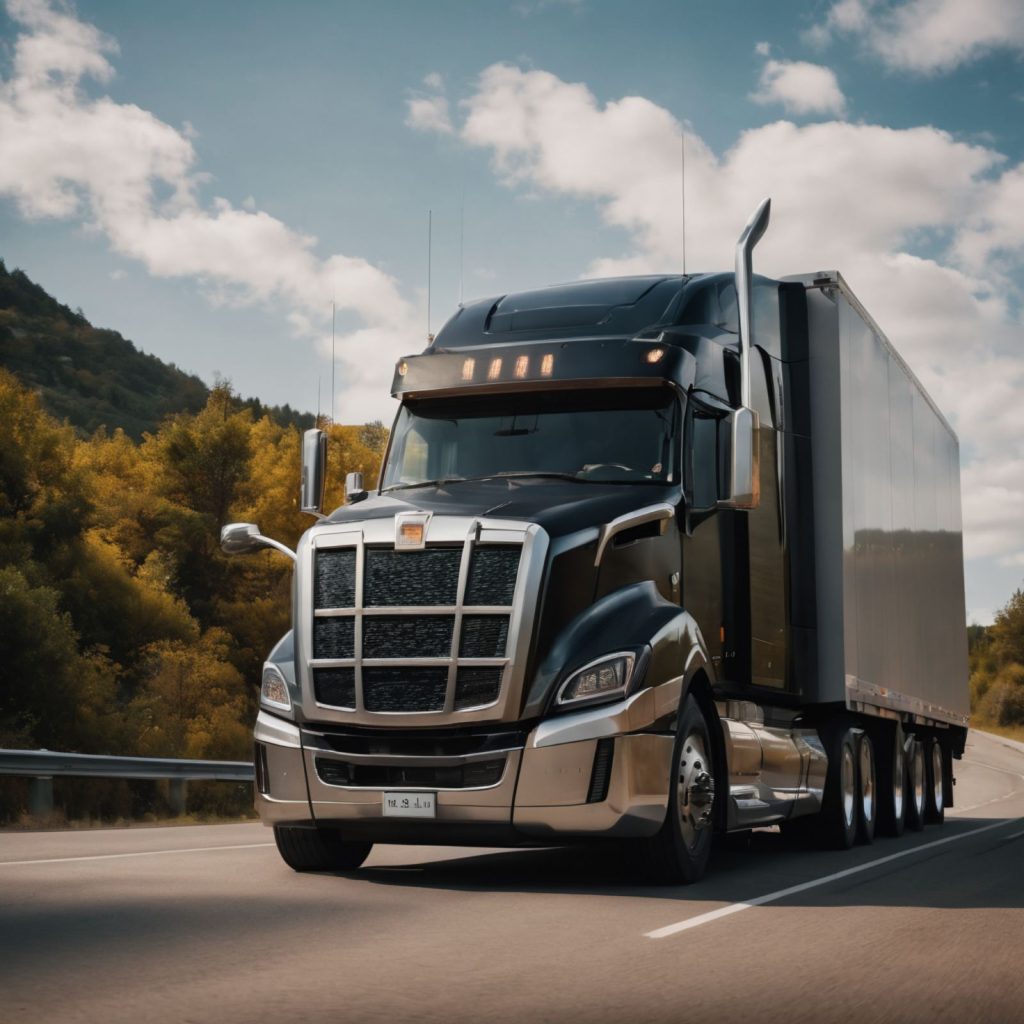Introduction
Picture this: cruising down the highway, hands-free, while your car effortlessly navigates through traffic. Sounds like something out of a sci-fi movie, right? Well, welcome to the future of transportation! In this article, Only AI Content delves into the fascinating realm of autonomy in transportation and how it’s shaping the way we move from point A to point B. Buckle up as we explore the possibilities and challenges of navigating towards autonomy!
The Rise of Self-Driving Vehicles
The future of transportation is already unfolding before our eyes, and self-driving vehicles are at the forefront of this revolution. Here’s a closer look at how these autonomous marvels are changing the game:
Autonomous Cars: Driving into the Future
From Tesla’s Autopilot to Google’s Waymo, autonomous cars are no longer a distant dream but a tangible reality. These vehicles utilize cutting-edge technology, including cameras, sensors, and artificial intelligence, to perceive their surroundings and make split-second decisions. But what exactly makes them tick?
- Sensors Galore: Autonomous cars are equipped with an array of sensors, including LiDAR, radar, and cameras, which provide a 360-degree view of the vehicle’s environment.
- AI Brainpower: Behind the wheel (figuratively speaking) of these self-driving cars is sophisticated AI software that analyzes sensor data and controls vehicle functions, such as steering, braking, and acceleration.
But with great innovation comes great responsibility. While autonomous cars promise safer roads and increased mobility for all, they also raise questions about ethics, cybersecurity, and regulatory frameworks. Nevertheless, the journey towards autonomy in transportation is well underway, and autonomous cars are leading the charge!
Beyond Roads: Exploring Futuristic Modes in the Future of Transportation
But the future of transportation doesn’t stop at self-driving cars. Oh no, we’re just scratching the surface! Let’s take a leap into the unknown and explore some out-of-this-world modes of travel:
Flying Taxis: Taking to the Skies
Imagine zipping through the air in a sleek, futuristic aircraft, bypassing traffic jams and reaching your destination in record time. Well, the future is now with flying taxis! Companies like Uber and Volocopter are pioneering the development of electric vertical takeoff and landing (eVTOL) aircraft, promising a new era of urban air mobility.
- Vertical Takeoff: Unlike traditional airplanes, flying taxis can take off and land vertically, eliminating the need for lengthy runways and enabling them to operate in densely populated urban areas.
- Electric Power: With a focus on sustainability, flying taxis are powered by electric motors, reducing carbon emissions and noise pollution compared to their fossil fuel counterparts.
But don’t pack your bags just yet—flying taxis are still in the testing phase, with regulatory hurdles and infrastructure challenges to overcome. However, the prospect of soaring above the city skyline in a flying taxi is enough to make anyone’s inner child giddy with excitement! Meanwhile. lets explore some more realistic facts about AI.
Hyperloop: Racing at the Speed of Sound
If flying taxis aren’t your cup of tea, how about hurtling through a vacuum tube at near-supersonic speeds? Enter the Hyperloop, Elon Musk’s brainchild that aims to revolutionize long-distance travel:
- Tube Transportation: Hyperloop pods travel through low-pressure tubes, eliminating air resistance and enabling speeds of up to 700 mph—faster than a commercial airliner!
- Maglev Magic: Hyperloop pods float on a cushion of air and are propelled forward using magnetic levitation (maglev) technology, resulting in a smooth, frictionless ride.
Several companies, including Virgin Hyperloop and SpaceX, were competing to turn this concept into reality. Unfortunately, Hyperloop had to shut down, but our eyes are still on SpaceX.
FAQs: The Future of Transportation: Answering Your Burning Questions
As we navigate towards autonomy in transportation, you might have some burning questions. Here are some FAQs:
Q: Are autonomous vehicles really safe?
A: While autonomous vehicles hold the potential to reduce accidents caused by human error, safety concerns remain. Rigorous testing, robust cybersecurity measures, and regulatory oversight are crucial to ensure the safety of self-driving cars.
Q: Will flying taxis become a reality in the future of transportation?
A: While flying taxis are still in the development and testing phase, companies are making significant strides towards commercialization. Regulatory approvals, infrastructure development, and public acceptance will play key roles in determining their feasibility.
Q: How soon can we expect to see Hyperloop systems in operation?
A: While the Hyperloop concept shows promise, widespread implementation is likely years away. Companies are actively testing prototypes and conducting feasibility studies, but regulatory approvals, funding, and infrastructure development pose significant challenges.

Conclusion: Navigating Towards The Future of Transportation
As we wrap up our exploration of the future of transportation one thing becomes abundantly clear: the road ahead is filled with excitement, innovation, and limitless possibilities. From self-driving cars revolutionizing urban mobility to flying taxis defying gravity, we’re witnessing a transformational shift in how we move and connect.
But amidst the excitement, challenges loom large—from regulatory hurdles to societal acceptance. As we journey towards an autonomous future, collaboration between industry stakeholders, policymakers, and the public will be essential. It will ensure that this innovation serves the greater good.



